42 labelled diagram of syringe
Anatomy of the Syringe • HowToDoInjections.com The anatomy of the syringe Prevents leakage of medication around the plunger, and acts as an indicator for measuring the syringe’s contents (see diagram). Scale markings are typically in milliliter (mL) units. On insulin syringes, however, graduations are displayed in “units” based on the insulin concentration prescribed. (Example: U-100 means 100 units of insulin suspended Parts of a Syringe Diagram | Quizlet A syringe is a device used for injecting, removing or infusing fluids. They are most commonly known in health care settings for injecting medications and for use in removing blood from the body. Terms in this set (5) Plunger it fills or empty the barrel; is pulled back to fill the barrel and is pushed forward for emptying Barrel
Parts Of A Syringe - SyringePumpPro The output of the syringe is formed into a Luer Lock. The Luer Lock is a standardized screw fitting for attaching fittings to the syringe that will not ‘blow off’ when the liquid is under pressure. There is also a Luer Taper. Luer-Slip fittings conform to Luer taper dimensions and are held by friction there is no thread.

Labelled diagram of syringe
Parts of a Syringe Diagram | Quizlet Bevel Place this facing up in an intradermal injection. Needle Shaft The type of injection dictates the length of this. Plunger head Push on this with your thumb to administer the injection Plunger Piston running inside the barrel. Rubber Stopper Creates a seal that is used to pushes the medication out of the barrel. Luer-Lock Needle Hub Syringe Labeling Made Simple - Anesthesia Patient Safety ... The most obvious place to put the label is on the empty syringe that is about to be filled. This eliminates the error of “I filled the syringe but there was no label.” Roche has recently adapted this idea for some vials of midazolam as depicted in Figure 1. Should the FDA require this type of packaging for all injectable medications? We think so. Parts of Syringe & Needle, Functions, Names & Diagram Overview of the Syringe and Needle Anatomy The syringe is a simple reciprocating pump where the plunger acts as a piston that slides into the barrel. It helps to pull or push the medicine from or into the body. It consists of two main parts, Syringe and Needle. We can attach and detach the needle from the syringe through the needle hub.
Labelled diagram of syringe. Parts of Syringe & Needle, Functions, Names & Diagram Overview of the Syringe and Needle Anatomy The syringe is a simple reciprocating pump where the plunger acts as a piston that slides into the barrel. It helps to pull or push the medicine from or into the body. It consists of two main parts, Syringe and Needle. We can attach and detach the needle from the syringe through the needle hub. Syringe Labeling Made Simple - Anesthesia Patient Safety ... The most obvious place to put the label is on the empty syringe that is about to be filled. This eliminates the error of “I filled the syringe but there was no label.” Roche has recently adapted this idea for some vials of midazolam as depicted in Figure 1. Should the FDA require this type of packaging for all injectable medications? We think so. Parts of a Syringe Diagram | Quizlet Bevel Place this facing up in an intradermal injection. Needle Shaft The type of injection dictates the length of this. Plunger head Push on this with your thumb to administer the injection Plunger Piston running inside the barrel. Rubber Stopper Creates a seal that is used to pushes the medication out of the barrel. Luer-Lock Needle Hub
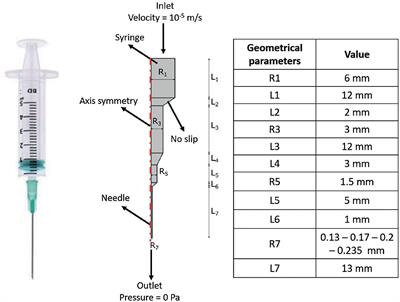
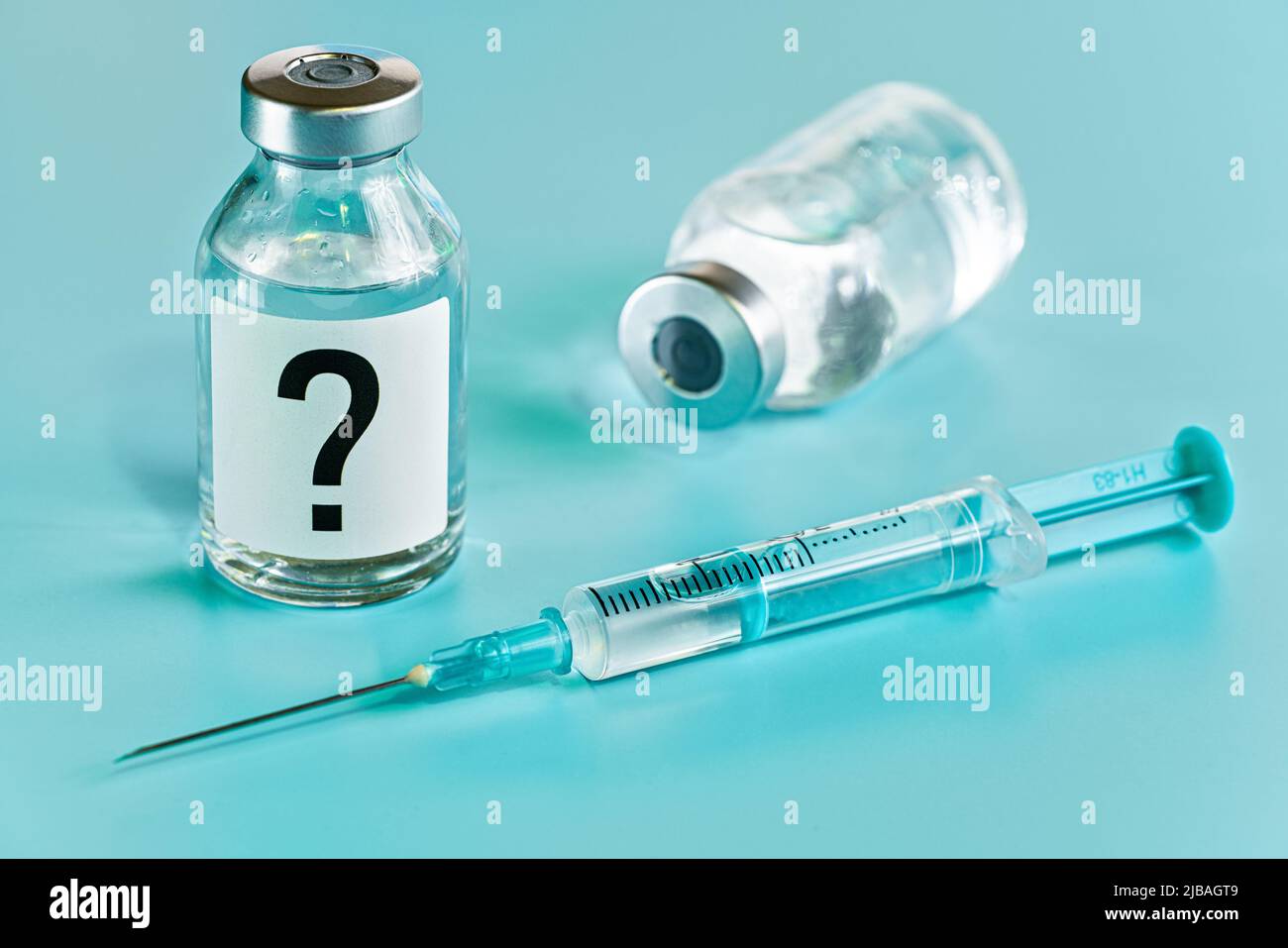


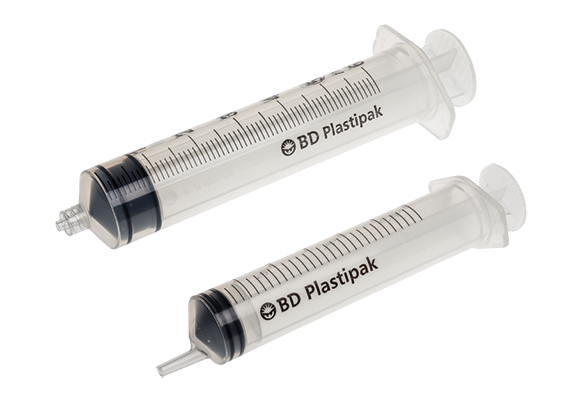


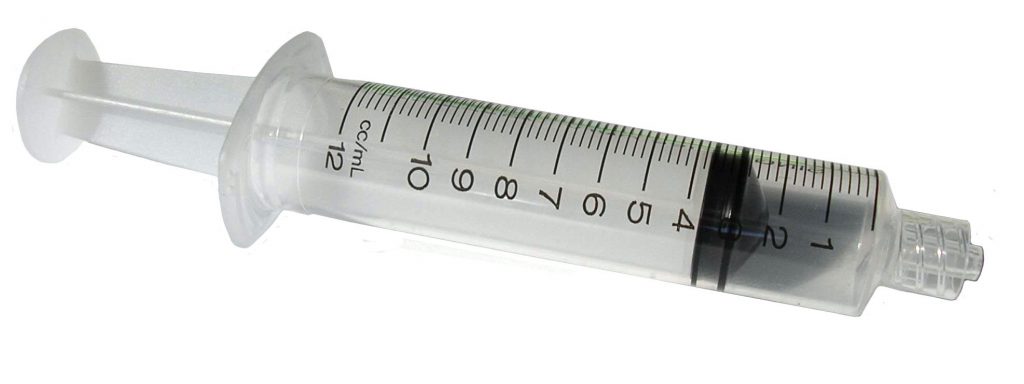

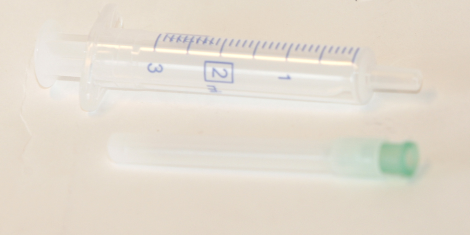







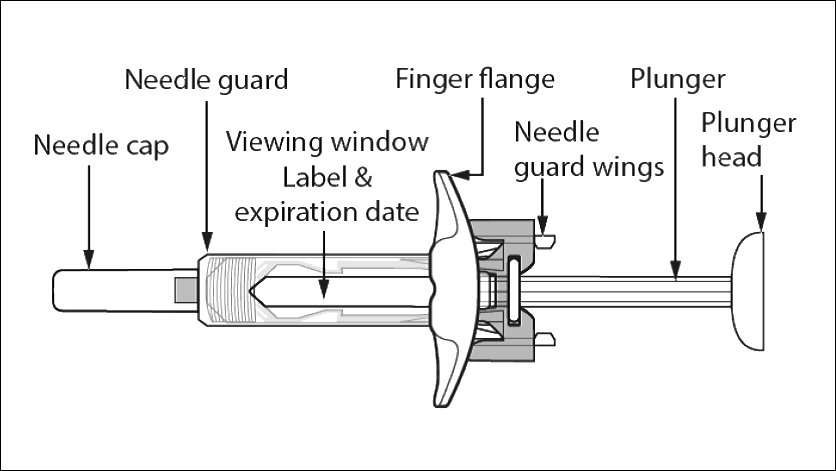

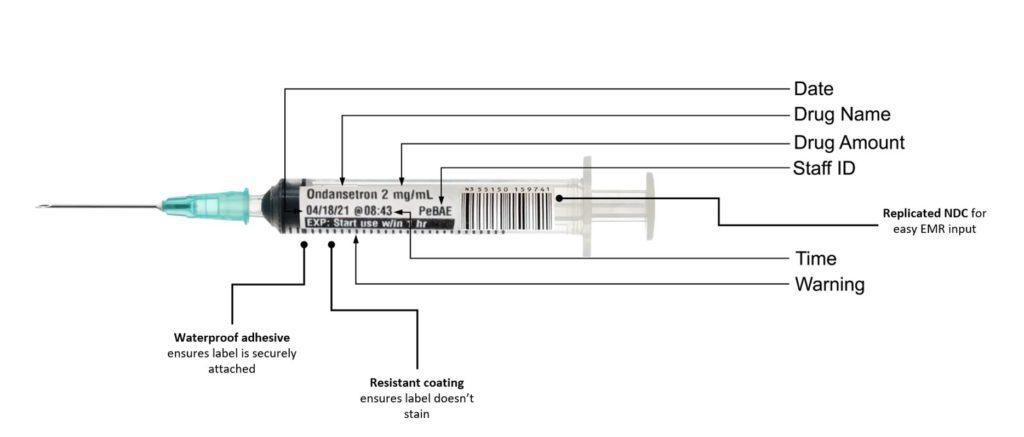
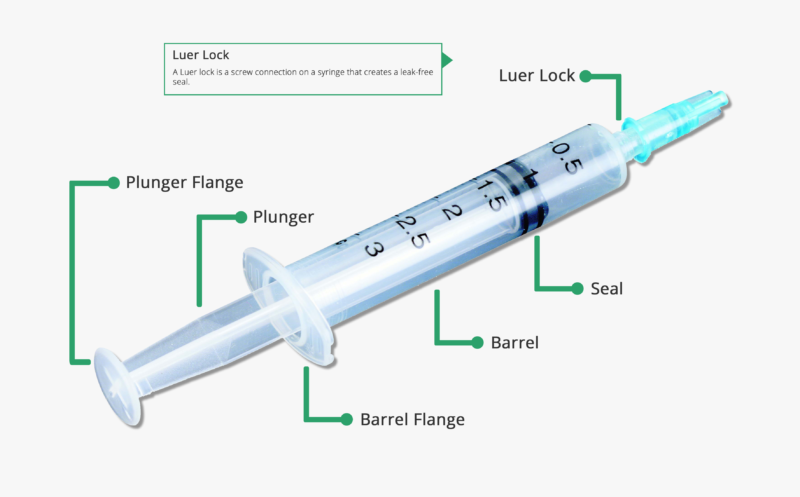




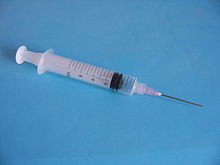








Komentar
Posting Komentar